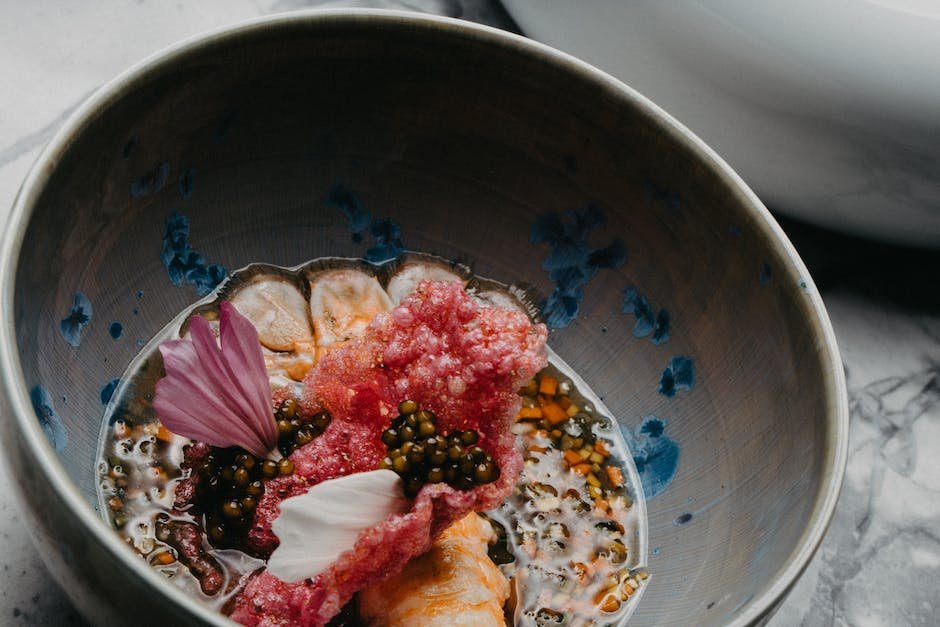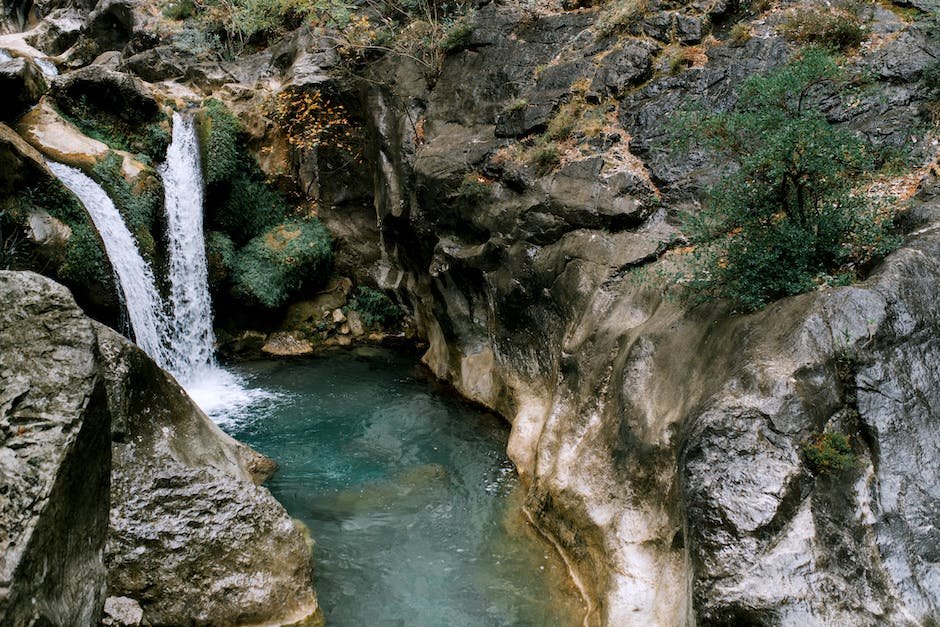In this article, we will talk about some of the most common crayfish species in the United States and what differences there are between each one. More specifically, we will discuss the lobster and the crayfish!
Many people get mixed up when it comes to which type of crayfish they like more. Some say that they like both equally while others prefer one over the other. This can be tricky since not everyone is familiar with every crayfish you mentioned!
Luckily for you, we have done the hard work for you by breaking down the different types of crayfish here so that you know just who is whom! After reading this article, you should be able to tell if your current favorite crayfish is a lobster or a crayfish!
So, let’s dive into our topic today – what is the difference between a lobster and a crayfish?
What Is The Difference Between A Lobster And A Crustacean?
To start off, make sure you understand what a lobster and a crustacean are. Luckily, it is a very simple definition!
A lobster is an edible marine arthropod (spider-like creature) whereas a crayfish is a terrestrial (or land dwelling) insectoid (arachnid) organism.
That covers it! Now that you know what a lobster and a crayfish are, let’s figure out the main difference between these two animals.
Their shells are made of chitin

While both lobster and crayfish have thick, protective shells or exoskelets, their shells are not quite the same. The thickness and composition of each shell is different!
Lobsters have an additional layer of cartilage that covers the inner part of its shell. This makes their meat slightly cream-colored compared to the bright red crustacean flesh that we usually see.
Crustaceous (spiky) lobsters can be more difficult to cook than soft-shell ones because they tend to remain hard when cooked. Because this takes longer, they will probably dry out a little bit in flavor which some people may not like.
However, if you love strong flavors then crispy lobster is your thing! To achieve this, start cooking the lobster at high temperatures and let it heat up slowly so that it does not overcook.
Crayfish do not need any special treatment during eating aside from being fresh! They are sometimes referred to as American oysters due to how popular they have become in America.
But remember, even though they look similar, never eat anything that looks weird.
They have a hard exoskeleton
Before we get into what makes these animals special, let’s talk about their most important feature: their skeleton! Most fish do not have a skeletal structure because they are constantly swimming or moving around. This is not the case for crayfish and lobsters though.
Crustaceans like crabs and lobster spend a large amount of time sitting on solid ground so they evolved a strong, protective shell made out of cartilage. These shells can be very thin, however, when needed, the animal will rapidly grow thicker bones to protect itself.
This way, they don’t need to invest as much energy in growing thick bone layers quickly since they only have to make them slightly thicker. Because of this, some species are able to stay small and light weight even as they age.
They have a large digestive system

While both are classified as shell-based, this does not mean they use their shells for protection. A more accurate way to describe them is that they develop thick protective layers of skin and bone called carapace. This hard layer covers the whole body except for some areas where muscles and/or soft tissue protect internal organs.
These protected areas include the gills, which help regulate temperature, and the feeding tentacles, which take in food via touch.
The difference between lobster and crayfish is just how much their bodies grow. Because lobsters spend most of their time submerged in water, they only need small stomachs to eat enough to survive.
Crustaceous animals like crabs and crawdads must consume lots of extra calories to meet their energy needs. As such, many species develop very large stomachs to process all the food they ingest. The term used for these types of stomachs is dilatory.
A dulary organ is one that takes long to empty because it contains special cells that work together to break down ingested foods. These digestion chambers can get so big that there’s no space left in the gut for other things!
That doesn’t seem like a good thing, but it actually helps ensure survival by giving the animal time to find more food.
They are a source of food for humans
Most people enjoy eating both lobster and crayfish, so they do not feel that one is better than the other. Both crustaceans are considered high in nutritional value, including zinc, vitamin B12, protein, and iron.
Lobsters contain more potassium than bananas and almost twice as much vitamin A as carrots. They also pack half your daily requirement of copper.
Crustacea (lobster and crays) are an excellent source of omega-3 fatty acids. These help keep your heart healthy by lowering blood pressure and preventing clot formation.
However, there is one major difference between them. While lobsters can be delicious cooked and eaten fresh, crayfish must always be fully boiled.
They are eaten in many countries
In some parts of the world, these animals aren’t considered seafood at all! That is why it can be confusing when people talk about them. For example, anyone who has ever had lobster will know that they can cost quite an amount of money. However, you probably wouldn’t pay too much more for crayfish!
Crustaceans such as lobsters and crays are part of the class Chonodontata (also known as Decapoda). This means that they have ten living appendages which carry away their food while swimming or walking around. The tail fan is usually made up of short spines to help propel themselves through water.
People often eat crustaceans because they contain large amounts of zinc and other minerals. These include vitamin B12 which helps make healthy nervous system function and DNA metabolism. Unfortunately, there are not very many recipes that use this nutritious ingredient!
Another reason to enjoy eating crabs and/or lobster is due to its flavor. Some say that taste varies depending on where the animal comes from and what kind of diet it has.
Crayfish are much smaller than lobster

Most crayfish do not eat meat, but instead devote their time eating other things. Some even feed off of protozoans! They spend most of their lives burrowed in sandy soil or mud where they can find food.
Crayfish usually live for one to two years depending on the species. As they grow older, they need larger homes so they look outside of their current area for shelter. This is why there are sometimes sightings of very old crays that have been running into trouble looking for a place to call home.
Generalist predators like lobsters and crabs may prey on older crays if they happen upon them while looking for newer, smaller ones. Older crays are also more vulnerable due to having spent less time protecting themselves from potential threats.
They are more likely to be kept in ponds than lobster tanks
Beyond their looks, one important difference is how they’re raised. While both species of crayfish can be cooked like lobsters, boiling them as crays will not necessarily result in an edible product.
Crustaceans such as shrimp and crabs are sometimes dried and salted for use later. This is not possible with crays because they contain too much water.
If you do choose to cook your crayfish, make sure to bake or broil them rather than fry them. When baking them, try cooking them at 350°F (177ºC) until done. To determine if it is done, poke it with a knife – if it sticks immediately, that’s good!
And while some people may consider eating crawdads raw part of a diet, this isn’t always the case. Some bacteria can grow in fresh water crays even when they’ve been boiled and therefore they should never be eaten raw.
They are more likely to be farm raised than lobster
While both species of crustacean can provoke strong reactions, there is one important difference between them. When threatened or hungry, crayfish will actively defend themselves by hurling what some call their killer slime. This typically includes throwing up a frothy mix of mucus and water in an effort to scare away their predator.
While this may work for inexperienced crays, it actually helps bigger predators like dogs and humans eat them faster!
This isn’t true of lobsters which don’t produce any sort of natural defense spray. Because they have never been trained to fear something before, they stay calm and passive when confronted with danger.


















